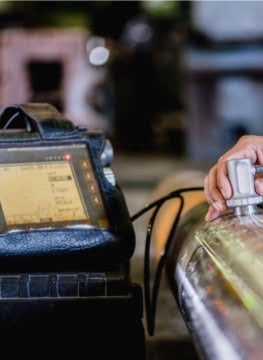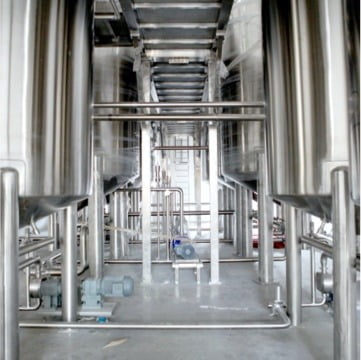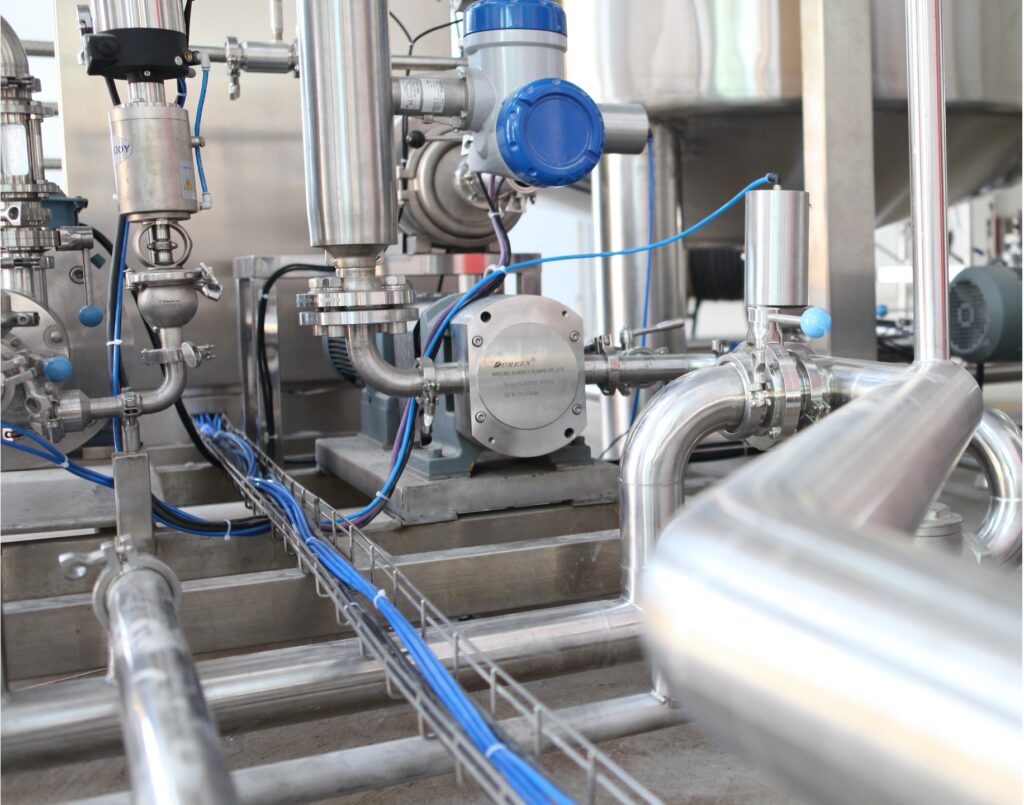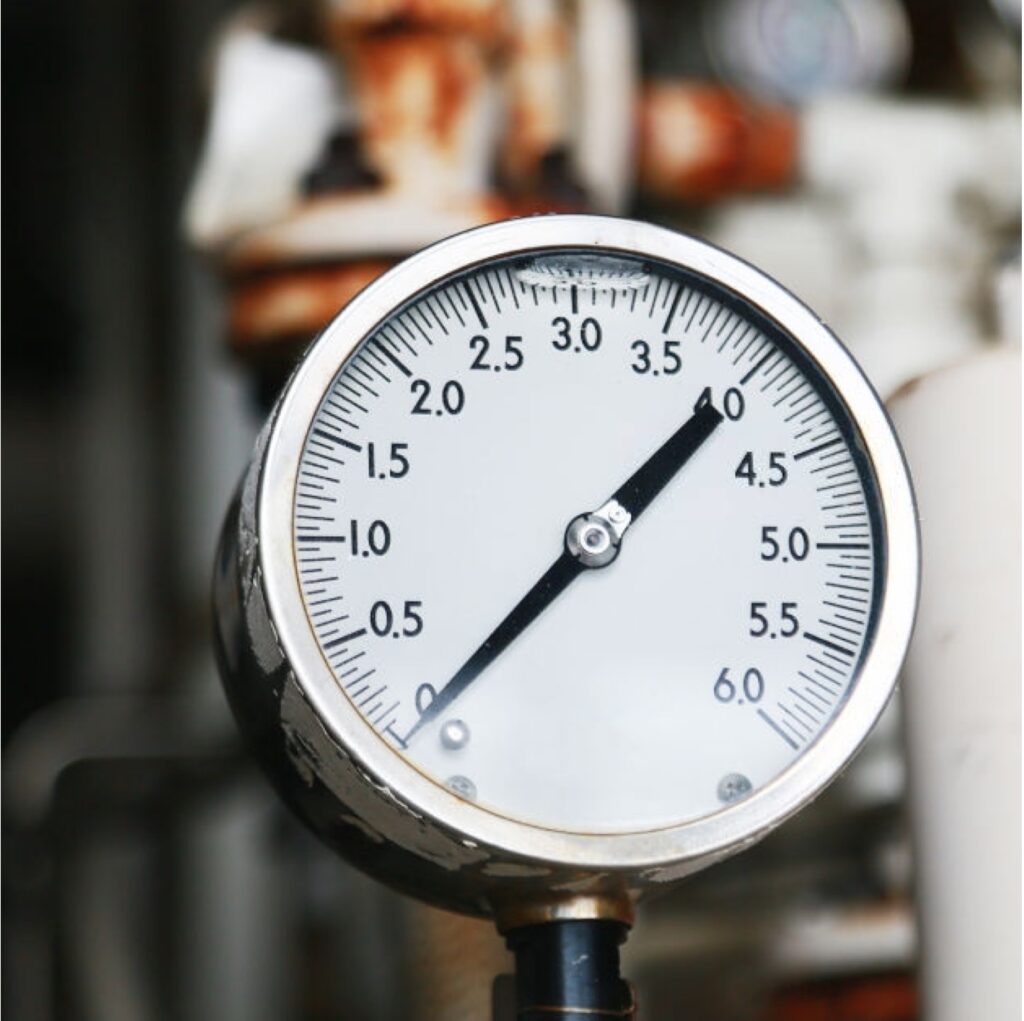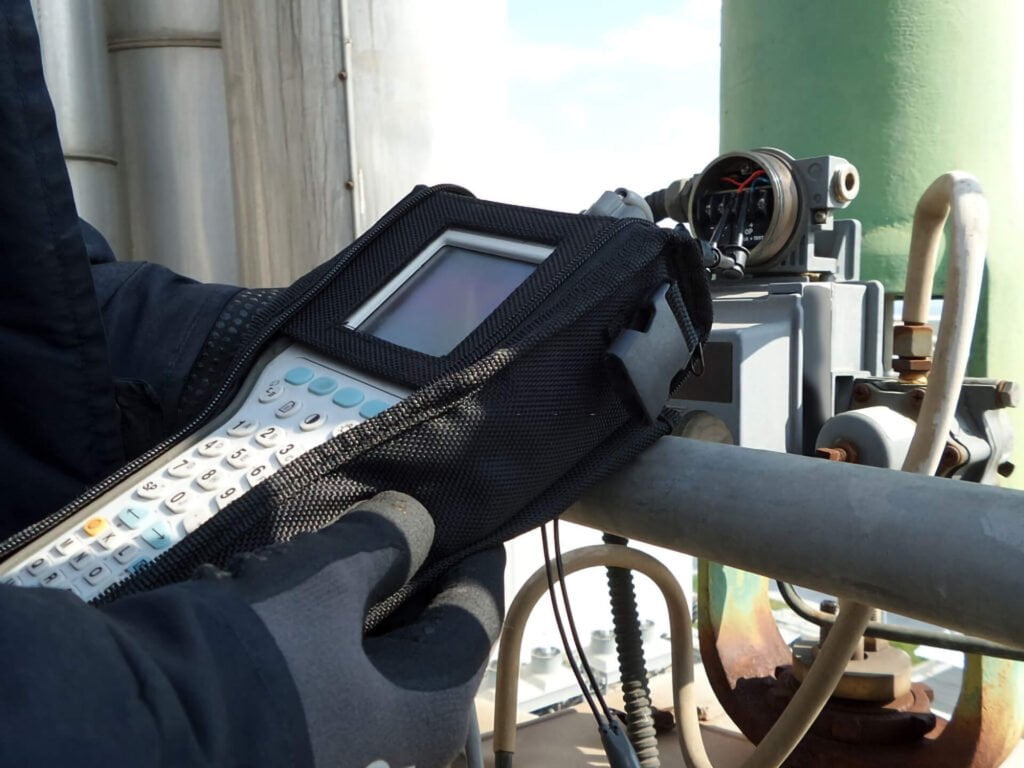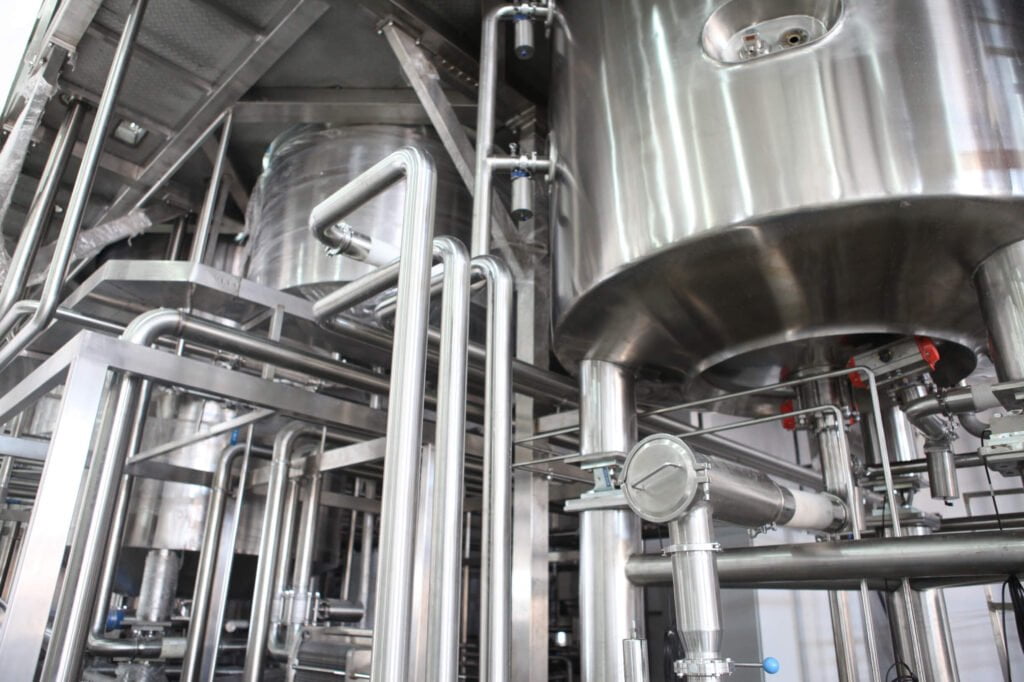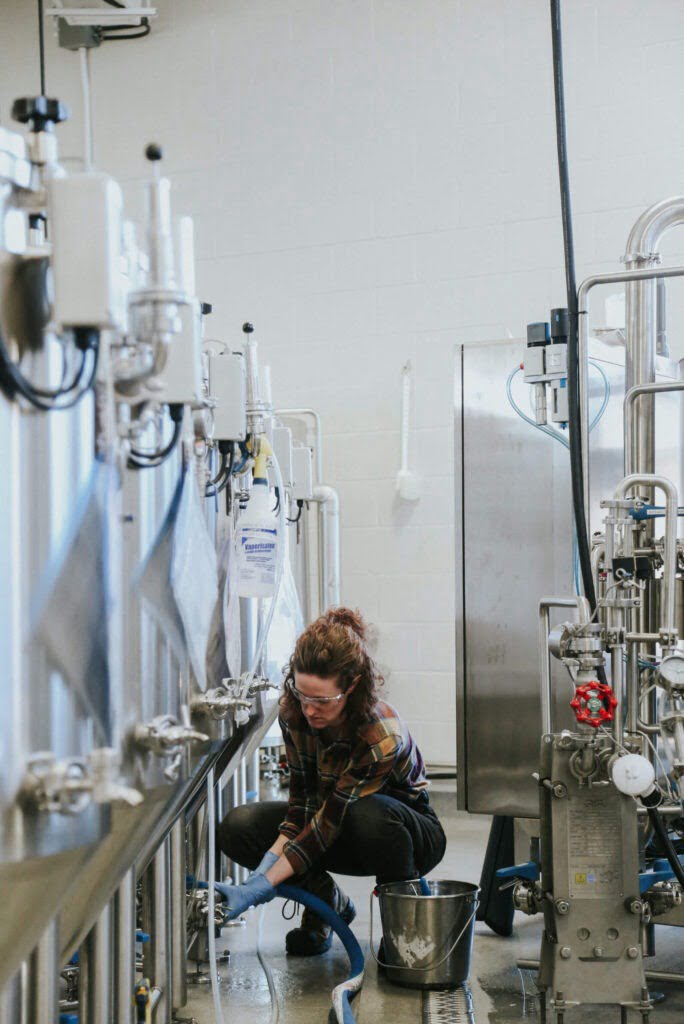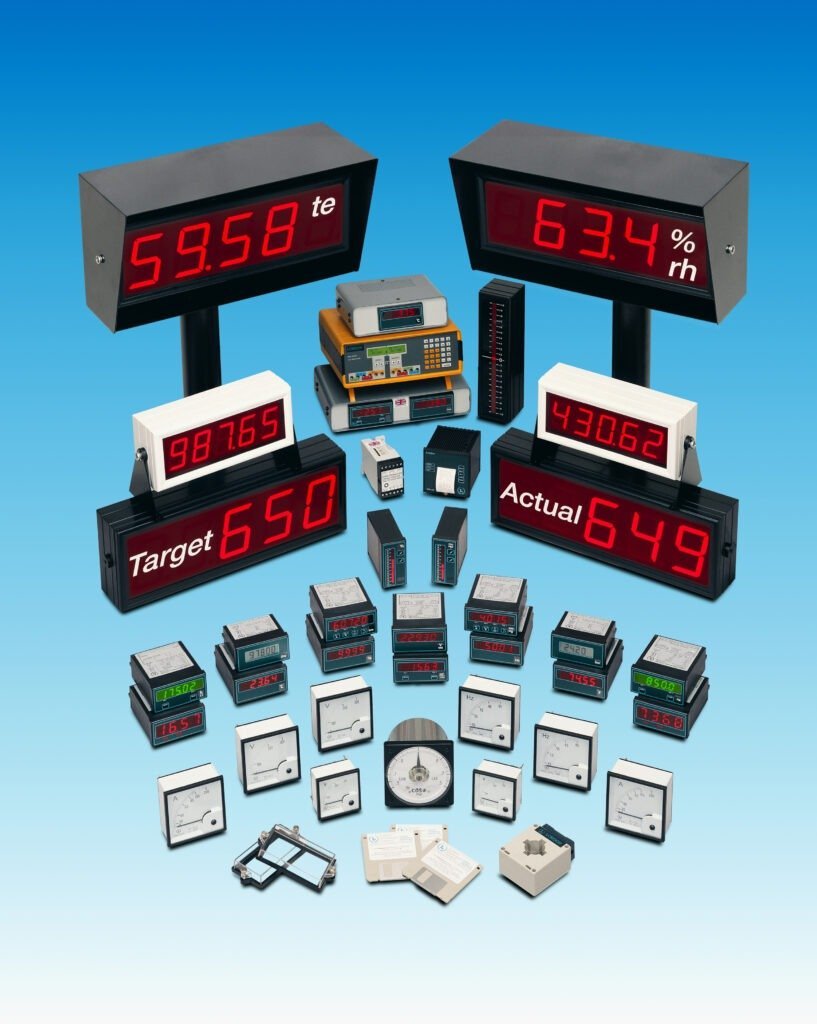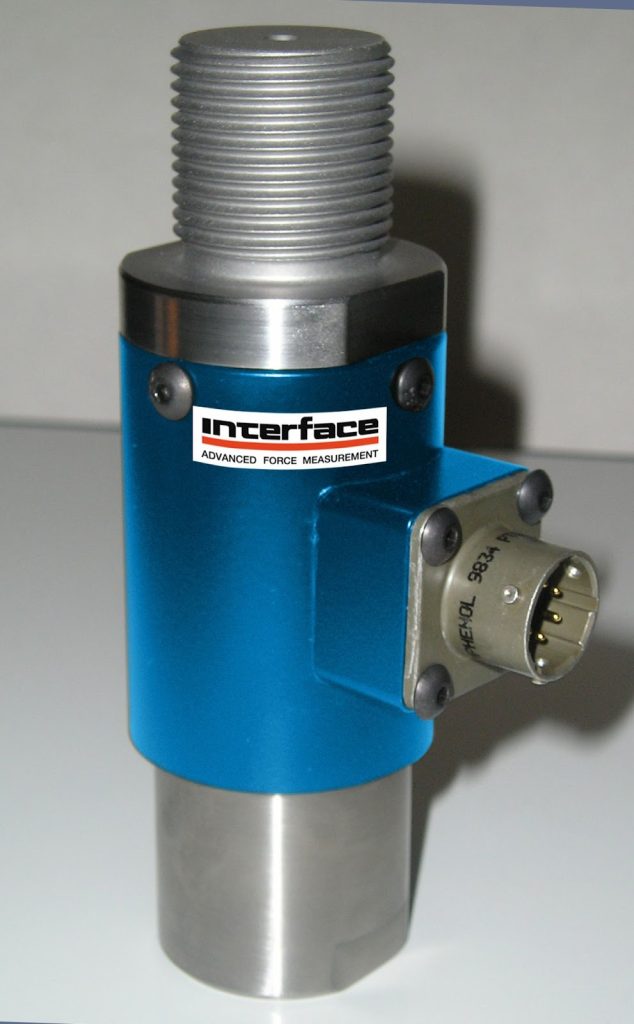Thermal flow instruments behave best using a laminar flow, at least if we look at the thermal mass flow meters and controllers with a bypass sensor. To conduct a precise measurement with this flow instrument, laminar flow is preferred.
However, in practice you will encounter a turbulent flow quite often. A turbulent flow can be caused by restrictions in an installation, such as valves or adapters, in combination with a high velocity of the used fluid. This effect is known as ‘turbulence effect’. A turbulent flow can affect the accuracy of your measurement, something you would like to prevent.
How can you prevent this turbulence effect? Let’s start with explaining what turbulent flow is.

Turbulent flow versus laminar flow
How do you know if it is laminar flow or turbulent flow?
In general it can be said that there are two types of flows: a laminar flow and a turbulent flow. You can see in the picture that laminar flow has been visualized by an experiment using ink in a cylindrical tube. The ink has been injected into the middle of a glass tube through which water flows. When the speed of the water is still low, the ink does not appear to mix with water, the stream lines are parallel; this is called laminar flow.
If the speed of the water increases, a sudden change will occur at a certain speed. The flow completely disrupts and the water turns homogeneous through the ink. The stream lines are chaotic, not linear anymore, which is called turbulent flow.
The importance of the Reynolds number (Re)
How do we achieve the goal of increase and decrease? In theory the flow pattern depends on four variables:
- Diameter of the tube
- Speed of the fluid
- Density of the fluid
- Dynamic viscosity of the fluid
The factors combined provide the so called Reynolds number (Re), an important parameter that describes whether flow conditions lead to laminar flow or turbulent flow. In general it can be said that a laminar flow occurs at a low Reynolds number (≤ ca. 2300) and a turbulent flow occurs at a high Reynolds number (≥ ca. 3000). In between these two numbers (Re 2300-3000) you have a ‘transitional flow’, meaning the flow can be laminar or turbulent (numbers mentioned are for a cylindrical tube).
When can turbulence effect occur?
As mentioned before, turbulence effect is a common effect which can occur in installations using (too many) restrictions, such as valves or adapters, in combination with a high velocity of the used fluid. In every restriction, the flow has been disrupted and the speed of the gas will change. Besides the usage of restrictions, the pipe length is something to take into account. As it takes some time for a turbulent flow to get laminar again, it is important to use the right pipe length.
A turbulent flow is something you would like to prevent at the inlet of your flow measurement instrument, as it can affect the accuracy of your measurement. It is preferable to have a laminar flow just before your flow instrument. However, the instrument itself used as flow controller, with a valve behind the meter, can cause a turbulent flow again.
Not all kinds of flow meters experience this as disadvantageous. Mainly thermal flow meters using the bypass principle are sensitive for this effect. Flow meters based on the Coriolis, CTA (Constant Temperature Anemometry) or Ultrasonic principle are independent of turbulence.

Why are thermal flow meters with bypass sensor more sensitive?
Instruments with a bypass sensor work based on a main flow going through a restriction and a small part of the flow going through the actual sensor. The ratio between these two flows is determined by the pressure drop over the sensor and the restriction in laminar flow. The turbulence effect will disturb this ratio. As the instruments with bypass sensor are often used for very precise measurements, the turbulence effect can have a huge effect on the measurement results.
Do you need more information about the working principle of the flow devices?
What can you do to minimize the disadvantageous effects of turbulent flow?
When using thermal mass flow meters with the bypass sensor, it is advised to do the following:
1) Try to prevent restrictions in your process, such as valves, adapters and elbow couplings:
- Do not mount the flow meter directly behind a restriction, such as a valve. However, if this cannot be arranged differently, than you could use a turbulence filter between the valve and flow meter or use a flow meter with integrated turbulence filter.
- Using an elbow coupling close to a flow meter should be limited as much as possible.
2) Limit the speed of your flow by using the right pipe length. Generally it is advised to use a minimal pipe length of:
- 10x the pipe diameter, at the inlet of the instrument
- 4x the pipe diameter, at the outlet of the instrument (flow meters only)
- For gas flow rates > 100 l/min it is common to use as a minimum a 12mm or ½” pipe.
3) Use a ‘turbulence’ filter in your flow process.
The turbulence filter will filter the flow before it reaches the sensor and makes it laminar again. Nowadays, flow meters often have such a filter integrated in the flow meter (for example Bronkhorst EL-FLOW series) or have an extended flow path inside the flow meter (for example the Bronkhorst Low delta P flow meters).
It all depends on the process and application
It depends very much on the application what the consequences are of turbulences. As an example in semicon processes, particularly in coating processes such as layer deposition, turbulent flow is out of the question. A stable process is essential here. However, in other coating processes, such as flame spray techniques, the impact of turbulences will be less due the high pressure in the flow.
If you need any assistance for installation of your flow meter contact our Wendy Upasena or Mike Farkas.
Reprinted from the Bronkhorst Blog

